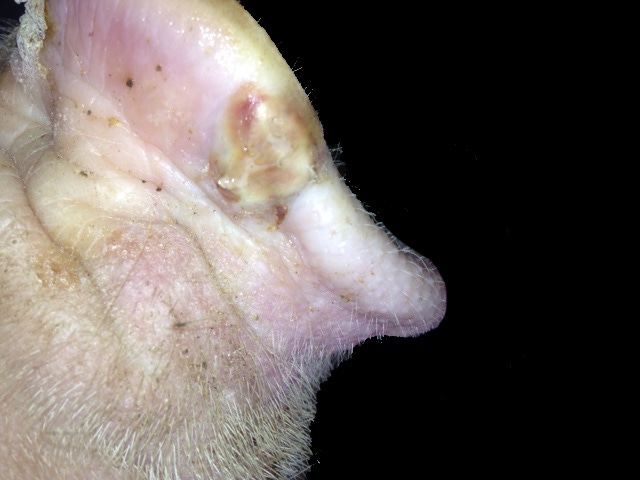Senecavirus working group issues recommendations
This document offers a starting point to address the investigation of foreign animal diseases — SVA specifically — in a modern era where investigatory methods have not changed to meet the needs of commerce in a fast‐paced and efficient pork industry.
October 18, 2017

Source: American Association of Swine Veterinarians
As a response to the recent increase in foreign animal disease investigations of swine at slaughter plants, the National Assembly of State Animal Health Officials convened a 90‐day Senecavirus A Working Group.
This working group addressed all facets of the Senecavirus issue, including current science, review of the USDA guidance documents, use of the National Animal Health Laboratory Network laboratories in FAD investigations, assessment of the swine marketing structure to determine ways to improve traceability and biosecurity, parallels with other vesicular disease, etc.
At the completion of the 90‐day timeframe, this final report was created listing the recommendations of the working group.
This document offers a starting point to address the investigation of foreign animal diseases — SVA specifically — in a modern era where investigatory methods have not changed to meet the needs of commerce in a fast‐paced and efficient pork industry. What used to be unusual (FAD investigations) has become routine, resulting in a greater drain on limited resources (staffing, laboratory, financial). The greatest challenge exists where the need to protect the industry from catastrophic disease events intersects with commerce.
You May Also Like



